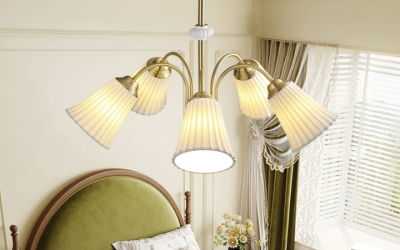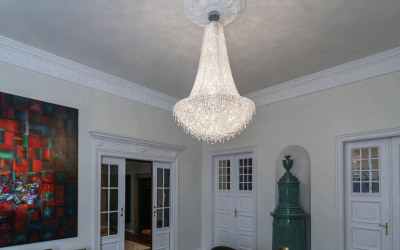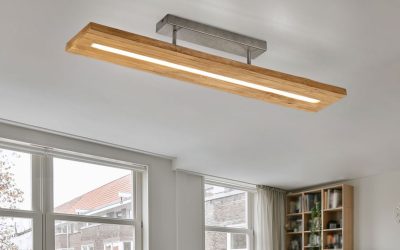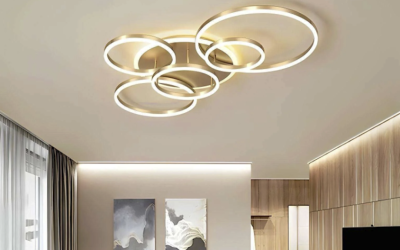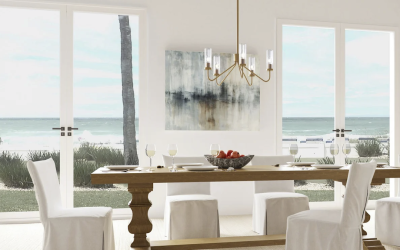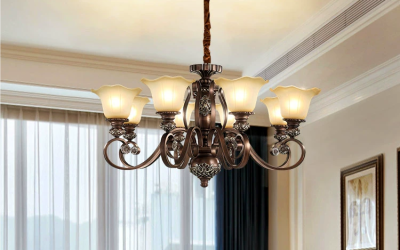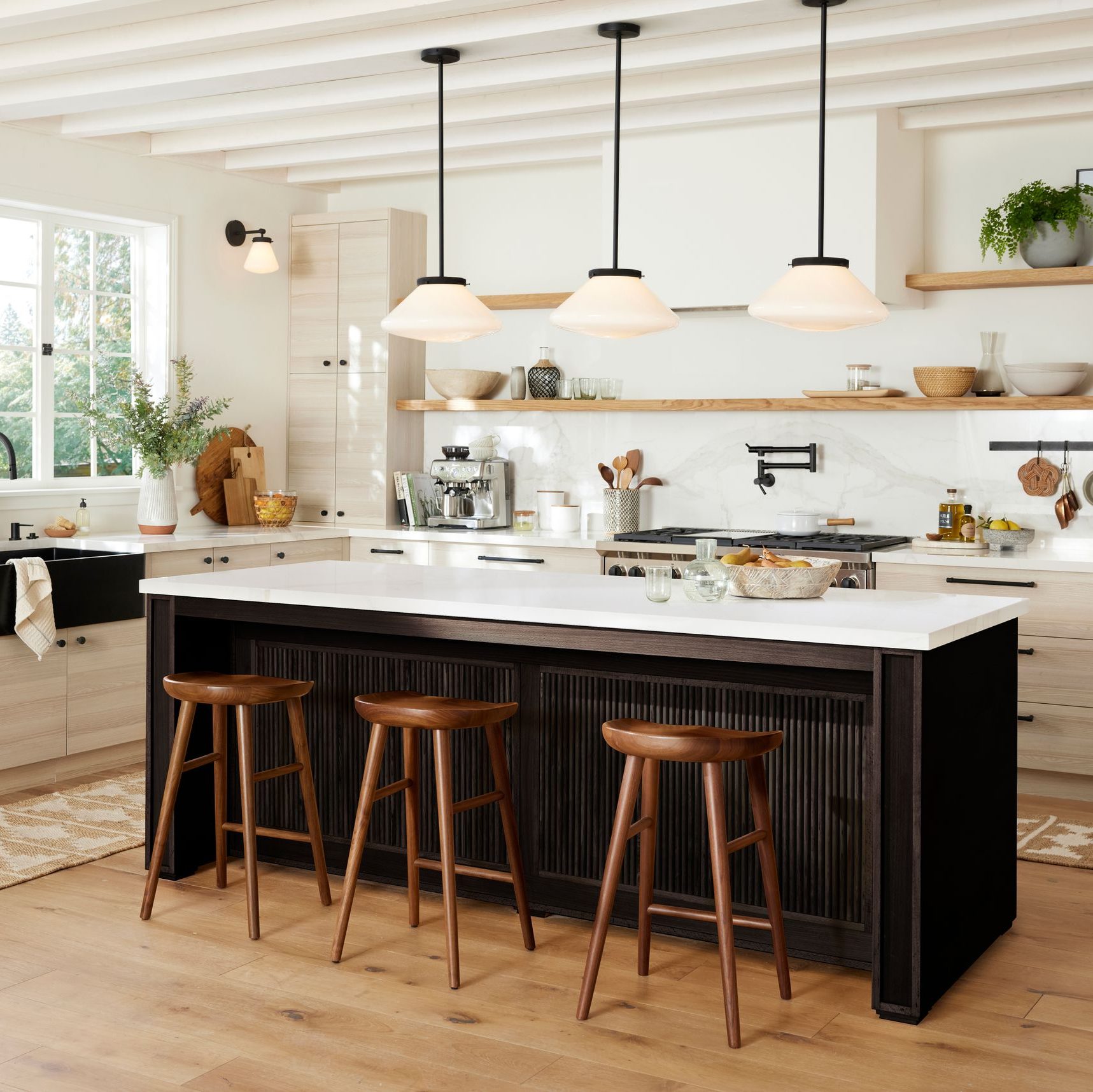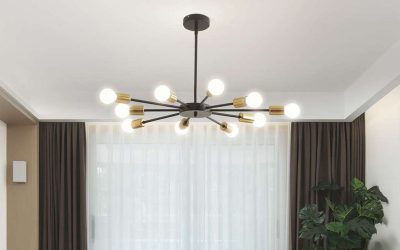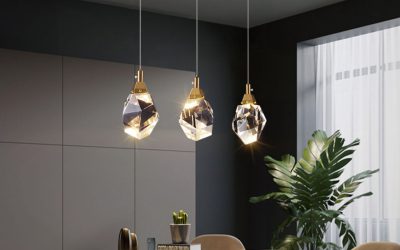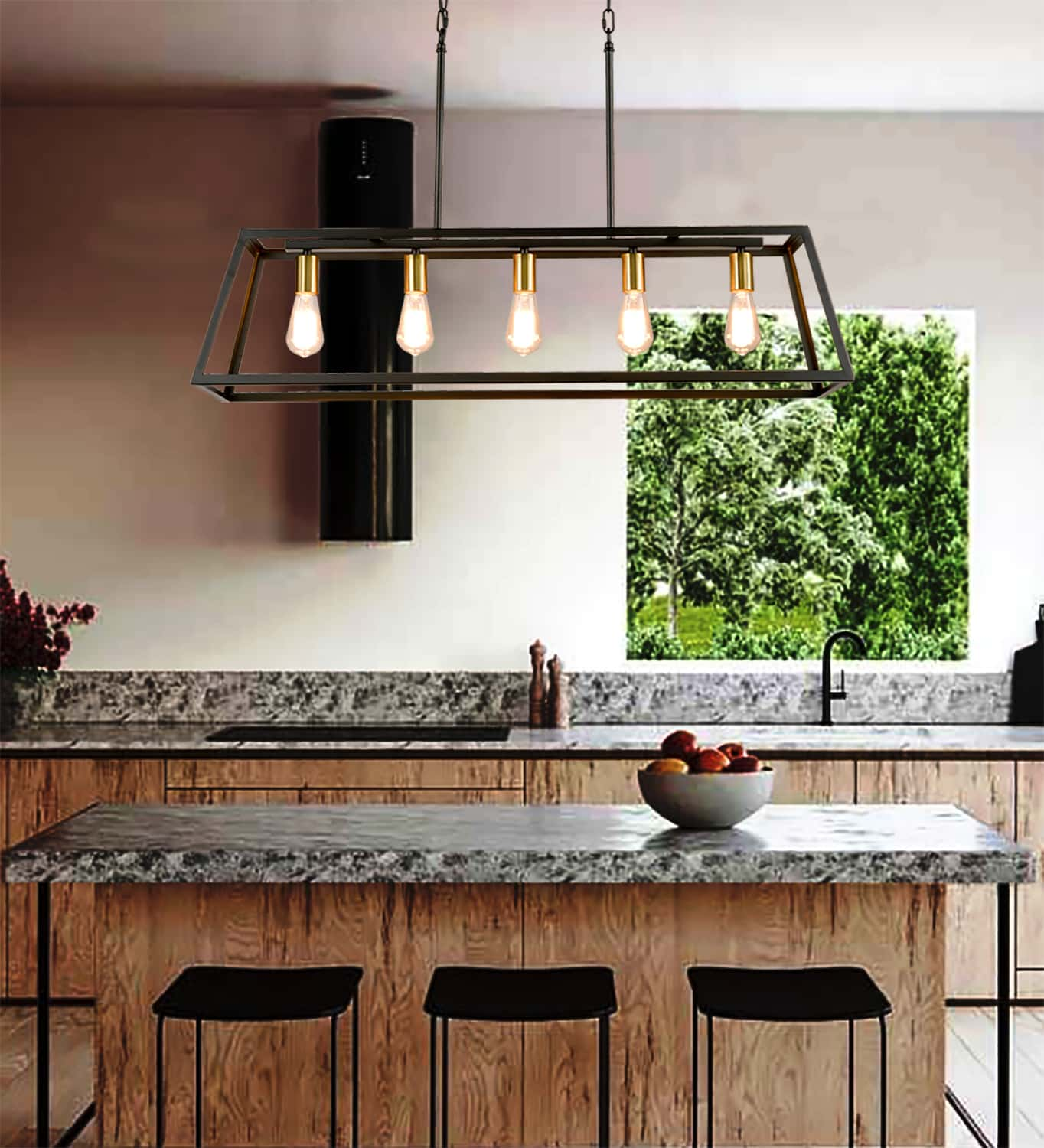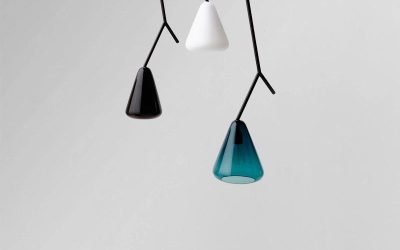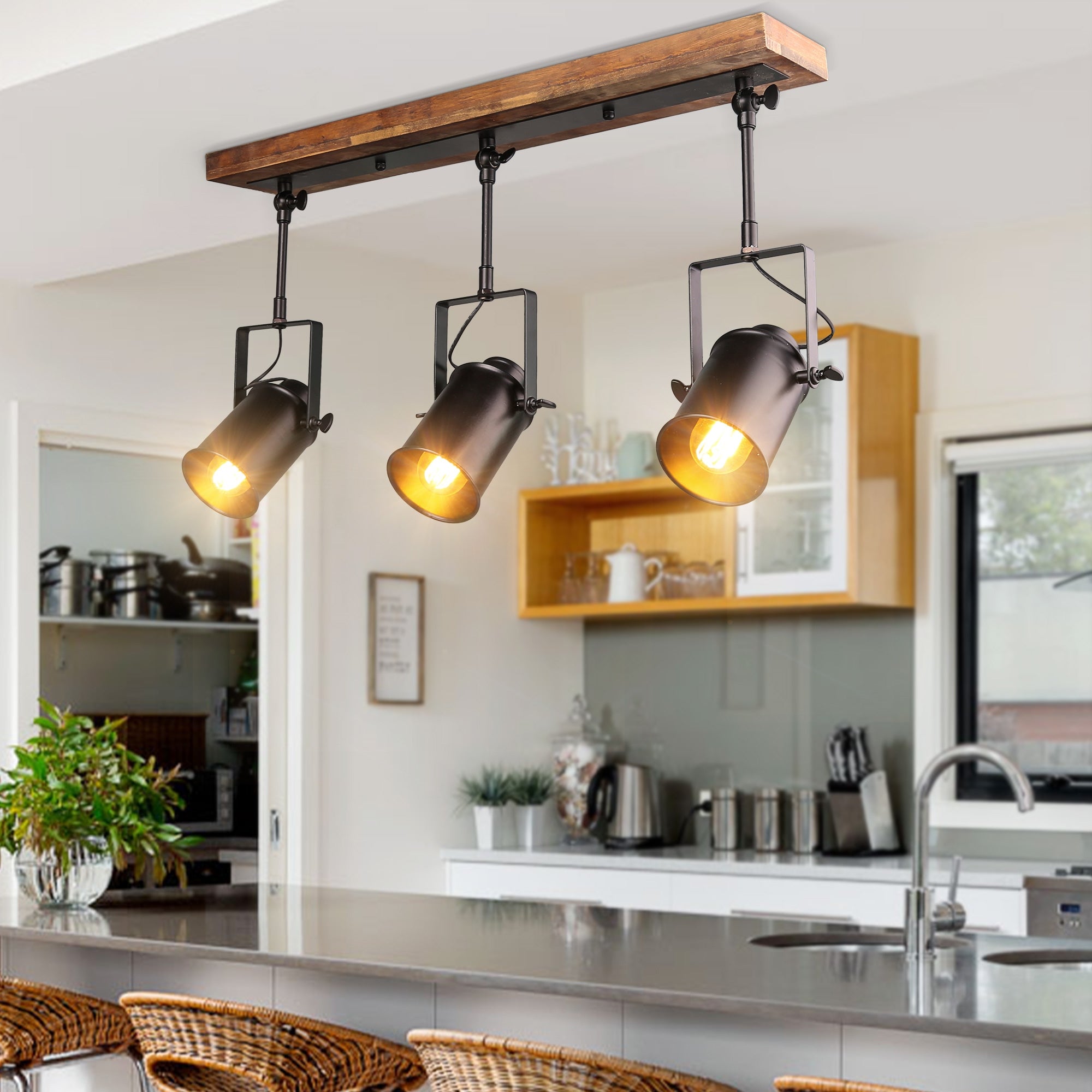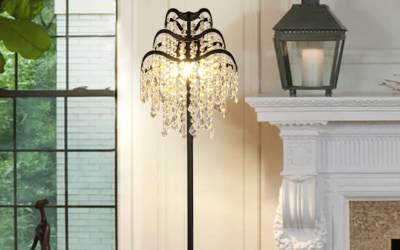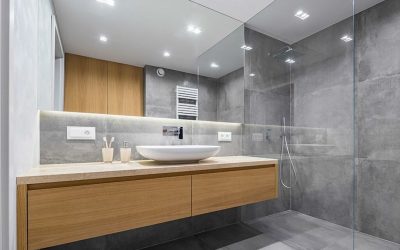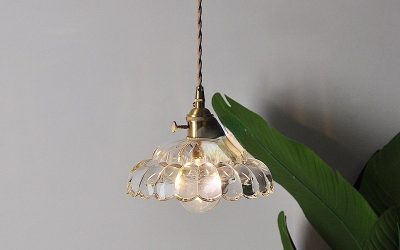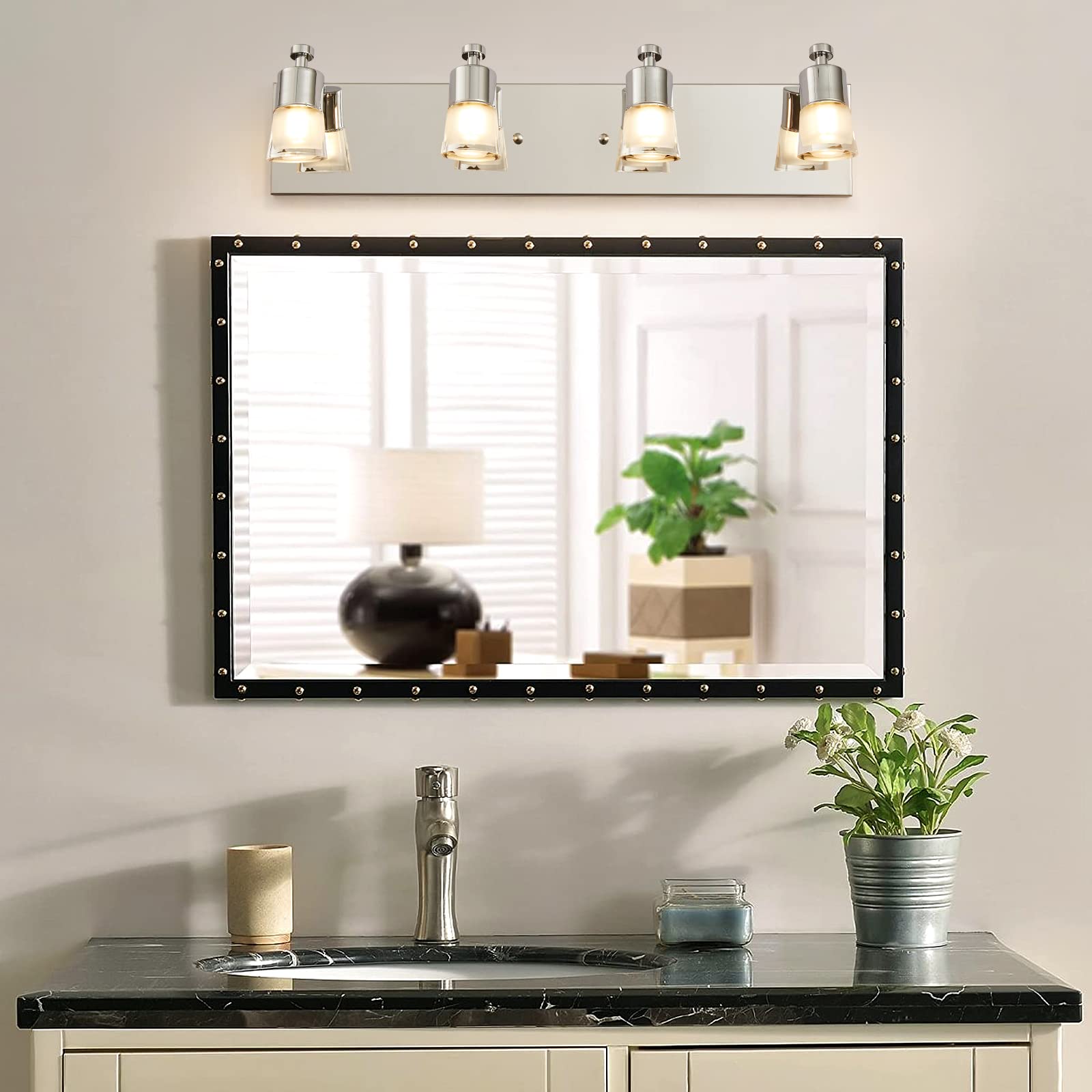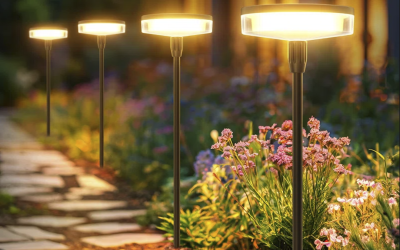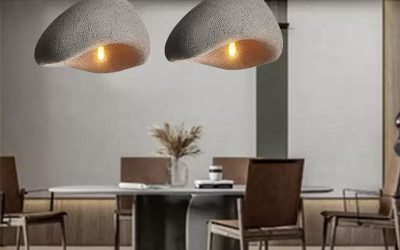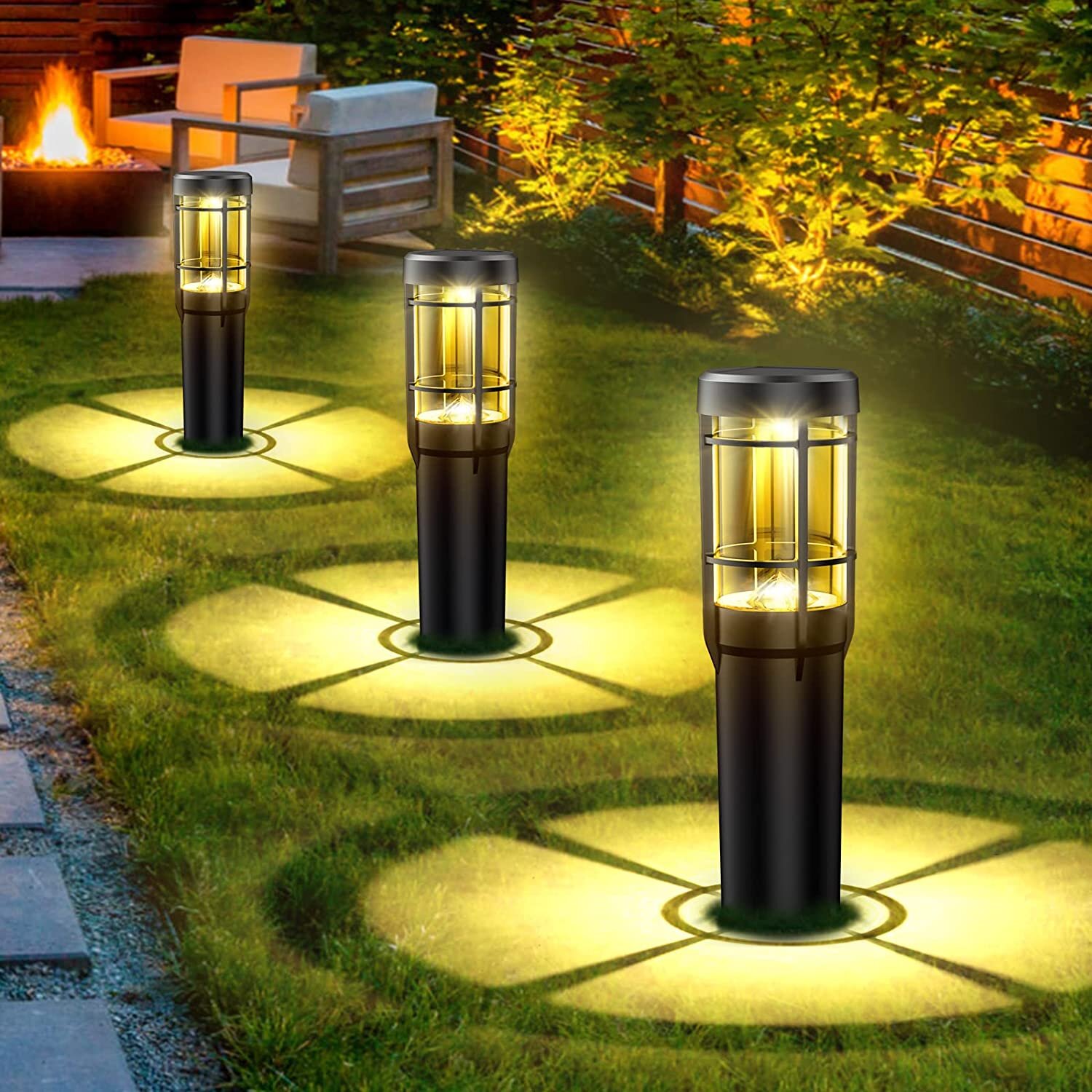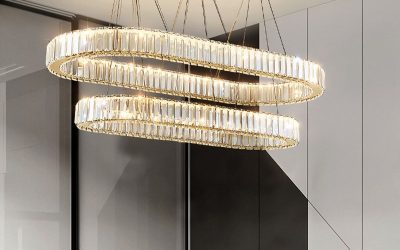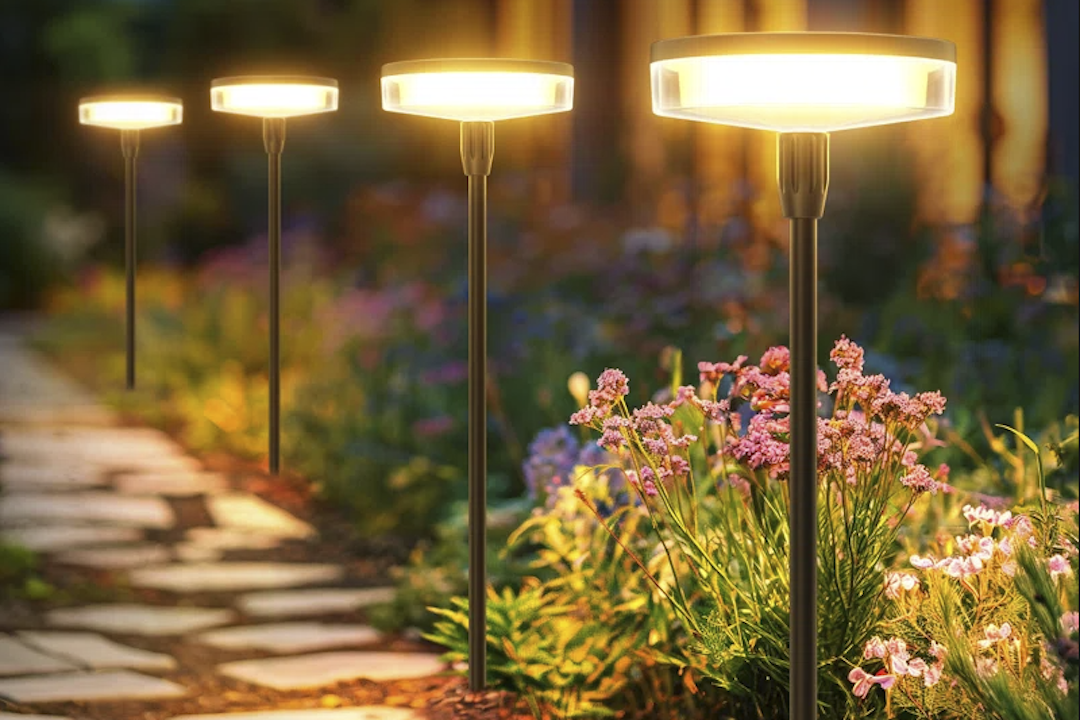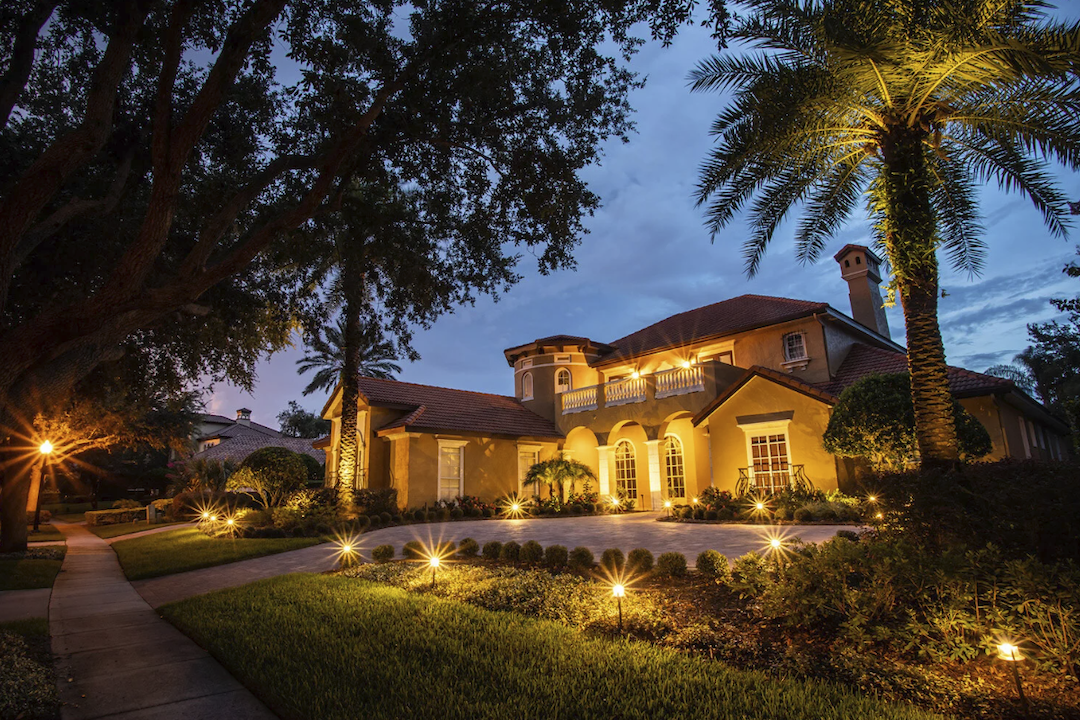Solar lighting has emerged as a transformative solution for outdoor illumination, offering a plethora of benefits that extend beyond mere aesthetics. One of the most significant advantages is the cost-effectiveness associated with solar-powered lights. By harnessing the sun’s energy, homeowners can significantly reduce their electricity bills, as solar lights operate independently of the grid.
This not only translates to savings on monthly utility expenses but also provides a sustainable alternative that aligns with eco-friendly practices. Furthermore, the installation of solar lighting is often straightforward and does not require extensive wiring or professional assistance, making it an accessible option for many. This ease of installation allows homeowners to enhance their outdoor spaces without the hassle and expense typically associated with traditional lighting systems.
In addition to financial savings, solar lighting Vankhan contributes to increased safety and security in outdoor areas. Well-lit pathways, driveways, and gardens deter potential intruders and reduce the risk of accidents caused by poor visibility. Solar lights can be strategically placed to illuminate dark corners and entry points, creating a welcoming environment while ensuring that guests can navigate the space safely.
Moreover, many solar lights come equipped with motion sensors, which can further enhance security by activating lights when movement is detected. This feature not only provides peace of mind but also adds an element of convenience, as homeowners need not worry about manually turning lights on and off. Overall, the integration of solar lighting into outdoor spaces offers a blend of practicality and safety that is hard to overlook.
Choosing the Right Solar Lighting for Your Needs
Selecting the appropriate solar lighting for your outdoor space requires careful consideration of various factors, including the specific needs of your environment and personal preferences. First and foremost, it is essential to assess the areas you wish to illuminate. For instance, if you are looking to light up a pathway or driveway, solar path lights with a low profile may be ideal, as they provide adequate illumination without obstructing foot traffic.
Conversely, if you want to highlight architectural features or landscaping elements, solar spotlights or floodlights can create dramatic effects that enhance the visual appeal of your property. Understanding the purpose of your lighting will guide you in choosing fixtures that not only meet your aesthetic desires but also serve functional roles. Another critical aspect to consider is the brightness and color temperature of the solar lights.
Different models offer varying levels of lumens, which measure the amount of light emitted. For instance, if you require bright lighting for security purposes, opting for fixtures with higher lumens is advisable. On the other hand, if you seek a softer ambiance for relaxation areas such as patios or gardens, lower-lumen options with warm color temperatures can create a cozy atmosphere.
Additionally, it is worth exploring features such as adjustable brightness settings or color-changing capabilities that allow for customization based on mood or occasion. By taking the time to evaluate these factors, you can ensure that your solar lighting not only meets your practical needs but also enhances the overall aesthetic of your outdoor space.
Placement and Installation Tips for Solar Lighting
The placement and installation of solar lighting are crucial elements that can significantly impact their effectiveness and longevity. To maximize sunlight absorption, it is essential to position solar lights in areas that receive ample direct sunlight throughout the day. This typically means avoiding shaded spots created by trees, buildings, or other obstructions.
When planning your layout, consider the path of the sun at different times of the year to ensure that your lights will receive adequate exposure regardless of seasonal changes. Additionally, spacing your lights appropriately is vital; too close together may create overly bright spots while too far apart can leave dark areas that compromise safety. Installation itself is generally straightforward, but there are some best practices to keep in mind.
Most solar lights come with stakes or mounts that allow for easy placement in the ground or attachment to surfaces. When using stakes, ensure that the ground is soft enough for easy insertion but firm enough to hold the lights securely in place. If you are mounting lights on walls or fences, use appropriate hardware to ensure stability and durability against weather conditions.
Furthermore, consider using a level during installation to ensure that your lights are straight and evenly positioned. Taking these steps will not only enhance the functionality of your solar lighting but also contribute to a polished and professional appearance in your outdoor space.
Maintaining and Caring for Your Solar Lighting
While solar lighting is generally low-maintenance compared to traditional electrical fixtures, some care is still necessary to ensure optimal performance and longevity. Regular cleaning is one of the most important maintenance tasks; dust, dirt, and debris can accumulate on solar panels and lenses, obstructing sunlight and reducing efficiency. A simple solution involves using a soft cloth or sponge with mild soap and water to gently clean these surfaces periodically.
It’s advisable to check your lights every few months, especially after heavy storms or seasonal changes when debris may have accumulated more than usual. In addition to cleaning, it’s essential to monitor the battery life of your solar lights. Most solar-powered fixtures use rechargeable batteries that may need replacement after a few years of use.
Keeping an eye on how well your lights perform during nighttime hours can help you determine if battery replacement is necessary. If you notice a significant decrease in brightness or duration of illumination, it may be time to invest in new batteries compatible with your specific model. By taking these simple maintenance steps, you can ensure that your solar lighting continues to function effectively while enhancing the beauty and safety of your outdoor space.
Creative Ways to Use Solar Lighting in Your Outdoor Space
The versatility of solar lighting opens up a world of creative possibilities for enhancing outdoor spaces. One innovative approach is to use solar string lights to create enchanting atmospheres for gatherings or quiet evenings outdoors. These lights can be draped over trees, fences, or pergolas, adding a whimsical touch that transforms ordinary spaces into magical retreats.
Whether hosting a summer barbecue or enjoying a peaceful night under the stars, string lights provide both illumination and charm, making them an excellent choice for social settings. Another imaginative use for solar lighting involves incorporating it into landscaping features. For example, solar garden lights can be strategically placed among flower beds or along garden paths to highlight natural beauty while providing functional lighting.
Additionally, using solar spotlights to illuminate sculptures or water features can create stunning focal points that draw attention and admiration from guests. By thinking outside the box and integrating solar lighting into various elements of your outdoor design, you can create a cohesive and inviting environment that reflects your personal style.
How Solar Lighting Can Enhance the Ambiance of Your Outdoor Space
The ambiance of an outdoor space plays a crucial role in how it is perceived and enjoyed by those who inhabit it. Solar lighting has the unique ability to enhance this ambiance through its warm glow and customizable features. Unlike harsh overhead lighting that can create an uninviting atmosphere, solar fixtures often emit soft light that fosters relaxation and comfort.
This quality makes them ideal for patios, decks, and gardens where people gather to unwind after a long day or celebrate special occasions with friends and family. Moreover, solar lighting allows for flexibility in creating different moods throughout various times of day or events. For instance, during intimate gatherings or romantic dinners al fresco, dimmable solar lanterns can set a tranquil tone that encourages conversation and connection.
Conversely, brighter solar floodlights can be employed during lively parties or outdoor activities where visibility is paramount. The ability to adjust lighting levels according to specific needs not only enhances functionality but also elevates the overall experience of being outdoors.
The Environmental Impact of Using Solar Lighting
The environmental benefits of utilizing solar lighting are profound and multifaceted. By relying on renewable energy from the sun rather than conventional electricity sources, homeowners contribute significantly to reducing their carbon footprint. Traditional lighting systems often depend on fossil fuels that release greenhouse gases into the atmosphere; in contrast, solar-powered lights operate cleanly without emissions during their use phase.
This shift towards sustainable energy solutions aligns with global efforts to combat climate change and promote environmental stewardship. Additionally, solar lighting promotes biodiversity by minimizing light pollution—a growing concern in urban areas where excessive artificial light disrupts natural ecosystems and wildlife behavior. By using strategically placed solar fixtures that emit softer light levels compared to traditional options, homeowners can create outdoor environments that are more harmonious with nature.
This consideration not only benefits local flora and fauna but also enhances the overall quality of life for residents who seek a balance between modern living and ecological preservation. In embracing solar lighting solutions, individuals take meaningful steps toward fostering a healthier planet while enjoying beautifully illuminated outdoor spaces.

